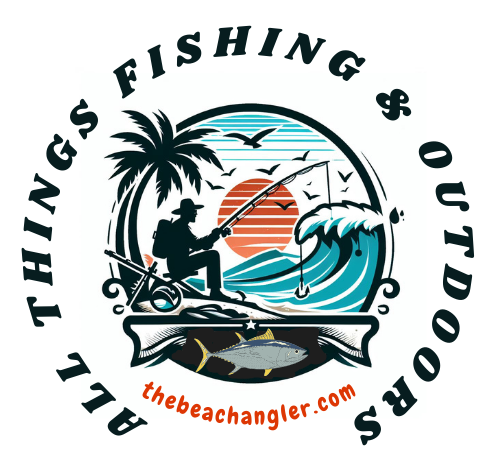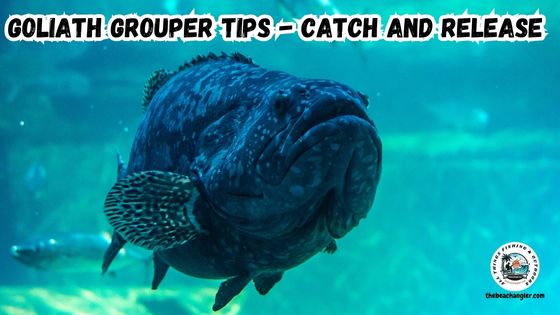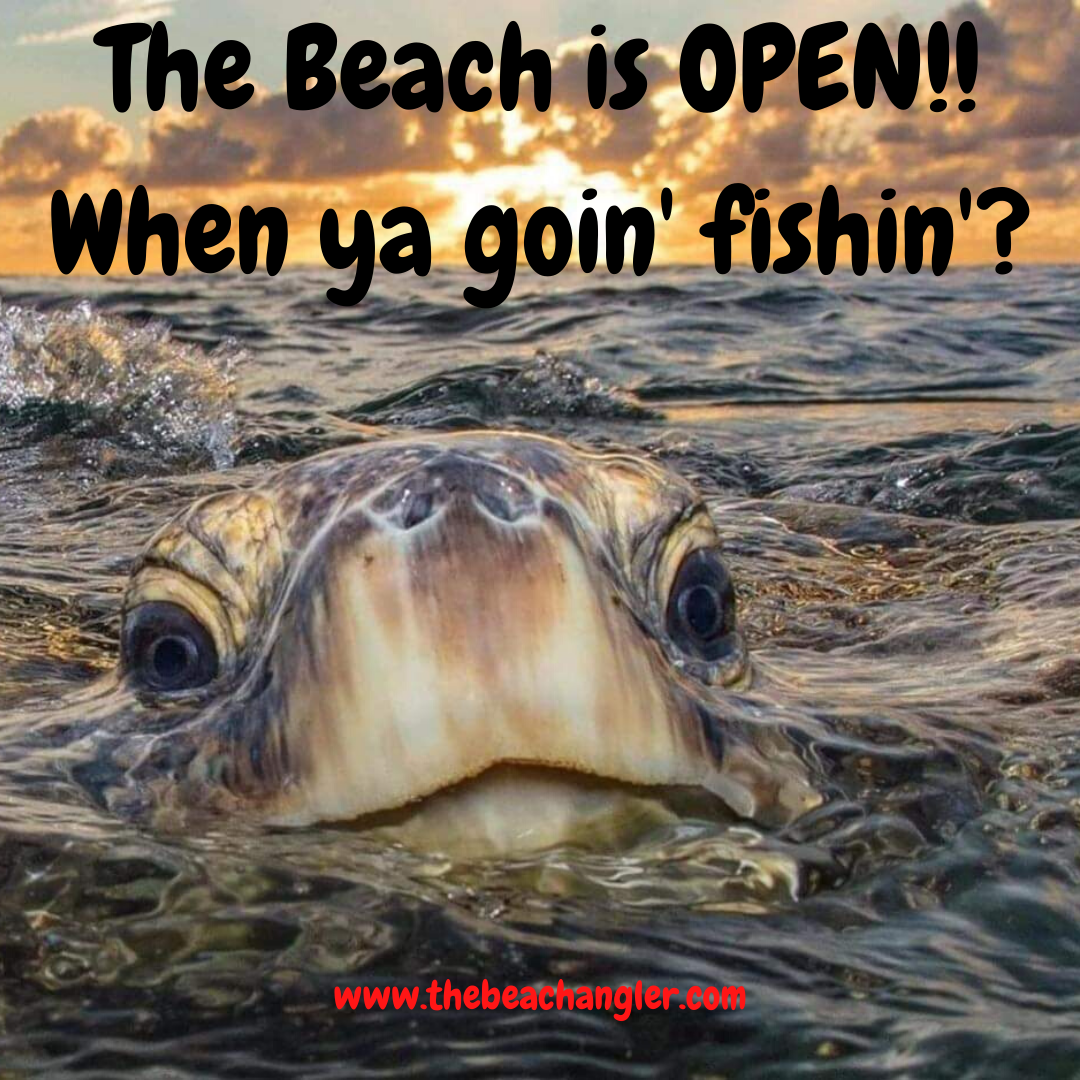Goliath grouper are famous for their massive size, and these giants can reach up to 800 pounds. This makes them some of the most impressive fish you’ll find in warm western Atlantic waters. For me, landing and releasing a goliath grouper is an unforgettable adventure, but it’s equally important to treat this next-level cool species with care and respect.
QUICK LOOK: Gear and Tips for Goliath Grouper
- Heavy-duty rod and reel: Choose a beefy conventional reel and a stout rod built for 100+ pound line. Lever drag reels give you the best mix of power and smooth control for sudden runs.
- Thick braided or monofilament line: Use line rated 200-400 pounds. Braided line’s abrasion resistance shines when your quarry dives for the nearest rough reef.
- Strong leader and circle hooks: Opt for a 200+ pound mono or wire leader. Big, non-offset circle hooks are my go-to for safer, easier releases.
- Gloves and fast-release tools: Quality gloves guard your hands from sharp gills and rough mouths, while a dehooker lets you unhook quickly and safely.
- Stick with big, non-offset circle hooks—they’re much less likely to gut-hook a fish and make releases quicker.
- If the conditions allow, fish during slack tide; gentler water can make things easier around tricky structures.
- Always have backup gloves and a sturdy pair of pliers. A little extra prep makes a big difference at the crucial moment.
- If you can, ask a friend to fish with you. One person wrangles the fish, while the other handles the tools, snaps a photo, and helps with a smooth release.
For most anglers, catch and release is not just the ethical choice—it’s also the only legal way to fish for goliath grouper in places like Florida and much of the Caribbean. Preparing properly, picking up the right gear, and knowing the safest handling techniques make this kind of trip both enjoyable and protective of the fish and their environment.
Understanding Goliath Grouper and Their Habitat
Goliath grouper live in tropical and subtropical waters, mainly throughout the western Atlantic, the Gulf of Mexico, and parts of the Caribbean. As bottom dwellers, they love spots packed with structure, including shipwrecks, reefs, pilings, and bridges.
From my own time on the water, I can tell you these fish rarely stray far from a cozy hideout. Their size and power demand respect, but with the right knowledge, anglers can regularly connect with them.
The U.S. Fish & Wildlife Service notes that goliath grouper populations crashed decades ago thanks to overfishing. In response, strict moratoriums and tight catch-and-release rules were put in place across their range.
Their comeback has been slow but steady, so following regulations and using proper handling is key. It’s a must not only for their survival but for keeping your own fishing experience positive (NOAA Fisheries).
If you pay attention to where you fish, you’ll notice that goliath grouper favor deep, shadowy areas, and that’s where you’ll often stumble upon the biggest ones. These habitats also challenge anglers, making equipment choice and technique even more crucial.
All-in-One Gear for Catch and Release Goliath Grouper Fishing
Chasing goliath grouper is not the time for generic gear. These fish demand setups you’d seldom use elsewhere. I always recommend you bring:
- Heavy-duty rod and reel: Choose a beefy conventional reel and a stout rod built for 100+ pound line. Lever drag reels give you the best mix of power and smooth control for sudden runs.
- Thick braided or monofilament line: Use line rated 200-400 pounds. Braided line’s abrasion resistance shines when your quarry dives for the nearest rough reef.
- Strong leader and circle hooks: Opt for a 200+ pound mono or wire leader. Big, non-offset circle hooks are my go-to for safer, easier releases.
- Gloves and fast-release tools: Quality gloves guard your hands from sharp gills and rough mouths, while a dehooker lets you unhook quickly and safely.
Anything less is risking heartbreak (not to mention sore hands!), and it could also result in injury for you or the fish. Goliath grouper are true tests of gear and angler alike.
Best Bait and Tactics to Get a Strike
Catching a goliath grouper always starts with the right bait. These fish are not picky, but you’ll have better odds with larger options—think live jack crevalle, mullet, big pinfish, or the occasional stingray. I prefer using a large circle hook threaded through the bait’s nose or back, dropped right next to the structure. This is where grouper are most likely to track down your offering.
Set a clicker on your reel to catch any subtle pulls; the bite may be quieter than you expect at first. I keep my rod tip low, then apply constant pressure when I spot the bite. It’s critical not to let the bait drift straight into a tangle of wreckage or coral. A smart play is to position your boat so that you can muscle the grouper away from cover if it takes.
Sometimes, just moving the bait a little or varying the depth can result in more action. Grouper are opportunistic, so testing bait types and shifting your position can increase hookups, especially on slower days.
How to Handle the Fight
Setting the hook into a goliath grouper is just the beginning of an electrifying battle. These fish are notorious for explosive power and an instinct to dive back into cover. I set my drag tight from the outset and brace myself for a wild initial run.
The first minute is usually a test of strength and quick thinking—if you give even a little, the grouper could gain the upper hand and escape into wreckage. More than once, I’ve found myself using my entire body to anchor the rod as the fish pulls.
If you manage to keep it out in open water after the first rush, patience and steady reeling eventually swing the odds in your favor. Expect sore arms, a bit of sweat, and an adrenaline rush every time. The real challenge and excitement come from timing and control, not just brute strength.
Proper Catch and Release Tips for Goliath Grouper
Because these legendary fish are protected, careful release isn’t just good practice—it’s the law. The best thing to do is to keep the fish in the water alongside the boat. I use a long dehooker or pliers to gently remove the hook, minimizing any out-of-water time. If a quick photo is a must, two people should support both the head and belly; never hoist the fish vertically or by its jaw, as that can seriously hurt it.
Releasing quickly and gently is great for the fish’s survival. I avoid extra handling and skip long photoshoots. When night fishing, a glow stick taped to my main line or rod tip makes it simple to see subtle strikes (Salt Water Sportsman).
Also, when you’re releasing the fish, gently push it back into steady water, moving it to make sure it swims off under its own steam. Healthy releases mean these massive groupers will continue to awe future anglers.
Legal and Conservation Considerations
Laws protecting the goliath grouper are some of the strictest around, and they can change quickly. Checking with your local fish and wildlife agency before heading out is vital. In Florida, for example, not only is it illegal to harvest goliath grouper—removing any over 47 inches from the water is against the law (Florida Fish and Wildlife Conservation Commission).
A quick look online or a call to the agency before each trip ensures you’re on the right side of the rules. Respecting these rules isn’t just about avoiding fines; it helps the species recover so more anglers can enjoy this incredible fish in the years to come.
I always double-check the most updated regulations before every outing, especially if fishing in a new spot. Respect for the law and the fish themselves go hand-in-hand.
Popular Hurdles in Goliath Grouper Catch and Release
- Gear Fumbles: Skimp on tackle, and you’ll lose more fish and possibly injure them. It’s worth getting the right, heavy-duty setup.
- Tricky Structure: Fish hugging tight spots make it way easier to snag or snap a line. Remain alert and always be ready to react fast when a goliath grouper bites.
- Fish Stress: Overtouching or holding the fish out of water for too long reduces their odds of survival. Organize your gear before you hook up and keep the release as fast as possible.
- Rule Mixups: Ignorance isn’t an excuse. Laws about goliath grouper can shift, so I always look up the latest information before every trip.
Planning and staying sharp are the only ways to sidestep these common mistakes.
Smart Tips for a Responsible and Memorable Adventure
Over the years, I’ve learned a handful of practices that keep catch and release for goliath grouper smooth and safe:
- Stick with big, non-offset circle hooks—they’re much less likely to gut-hook a fish and make releases quicker.
- If the conditions allow, fish during slack tide; gentler water can make things easier around tricky structures.
- Always have backup gloves and a sturdy pair of pliers. A little extra prep makes a big difference at the crucial moment.
- If you can, ask a friend to fish with you. One person wrangles the fish, while the other handles the tools, snaps a photo, and helps with a smooth release.
Little steps like these not only give a boost to the health of the fish but also make my day out there much more enjoyable and stress-free.
Frequently Asked Questions About Goliath Grouper Catch and Release
Lots of anglers ask about goliath grouper fishing, especially if they’re new to targeting these big predators. Here are a few common queries answered simply:
What’s the safest way to land and release a goliath grouper?
Always keep the fish in the water right next to the boat. Use long-handled pliers or a dehooker, and support both the head and belly if you must lift it for a picture. Never pull the grouper onboard or dangle it by the jaw.
What rules should I know before fishing for goliath grouper?
Almost everywhere, including Florida, is catch and release only. Harvesting is banned, and there are often rules about not removing big groupers from the water. Double-check regulations before every trip since they may change.
How do I make sure the fish survives after release?
Keep the whole process quick, keep the grouper wet, and use safe gear like circle hooks and dehookers. Get your tools ready in advance to limit stress and minimize out-of-water time.
Can you really catch a goliath grouper from shore?
Yes, it’s possible! Jetties, piers, and docks with solid structure can hold grouper. The challenge is the same as from a boat—get the fish away from obstacles fast, and use strong enough tackle for a fair fight.
Wrapping Up with Fishing for Goliath Grouper
Catching and releasing goliath grouper is as thrilling as it is demanding. Using the right gear, playing by the rules, and handling fish quickly and gently are what make a great trip. I always head home proud, knowing I’ve tested my skills and done my part to keep these beastly fish around for future anglers. If you’re up for a big game fishing adventure and want to help conserve these icons, goliath grouper catch and release is something you’ll never forget.
Check Out Our Most Recent Articles:
- 10 Advanced Features of the Penn Fathom Electric Reel Kit

- Surf Fishing With Lucky Craft Lures

- 8 Features of the Minn Kota Kayak Terrova Trolling Motor

- Tips And Tactics For Saltwater Fishing With Spoons
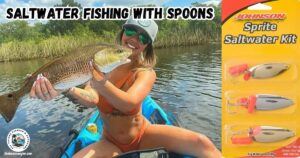
- Review Of The Daiwa Caldia MQ LT Spinning Reel
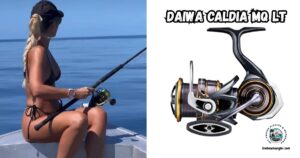
- What Is Sail Line Fishing And How To Use It?
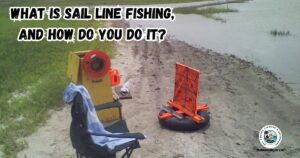
As always, stay safe, enjoy the journey, and please try to leave it cleaner than you found it. If you have any comments, questions, ideas, or suggestions, please leave them in the comment section below, and I’ll get back to you ASAP. You can follow us on Facebook: Rex The Beach Angler, Instagram: thebeachangler7, Twitter: @AnglerBeach, and YouTube: Man Art Creations.
P.S. Thanks so much for checking out our blog; we really appreciate it. Just so you know, we may receive a commission if you click on some of the links that appear on our site. This helps us keep our content free and up-to-date for everyone. We appreciate your support!
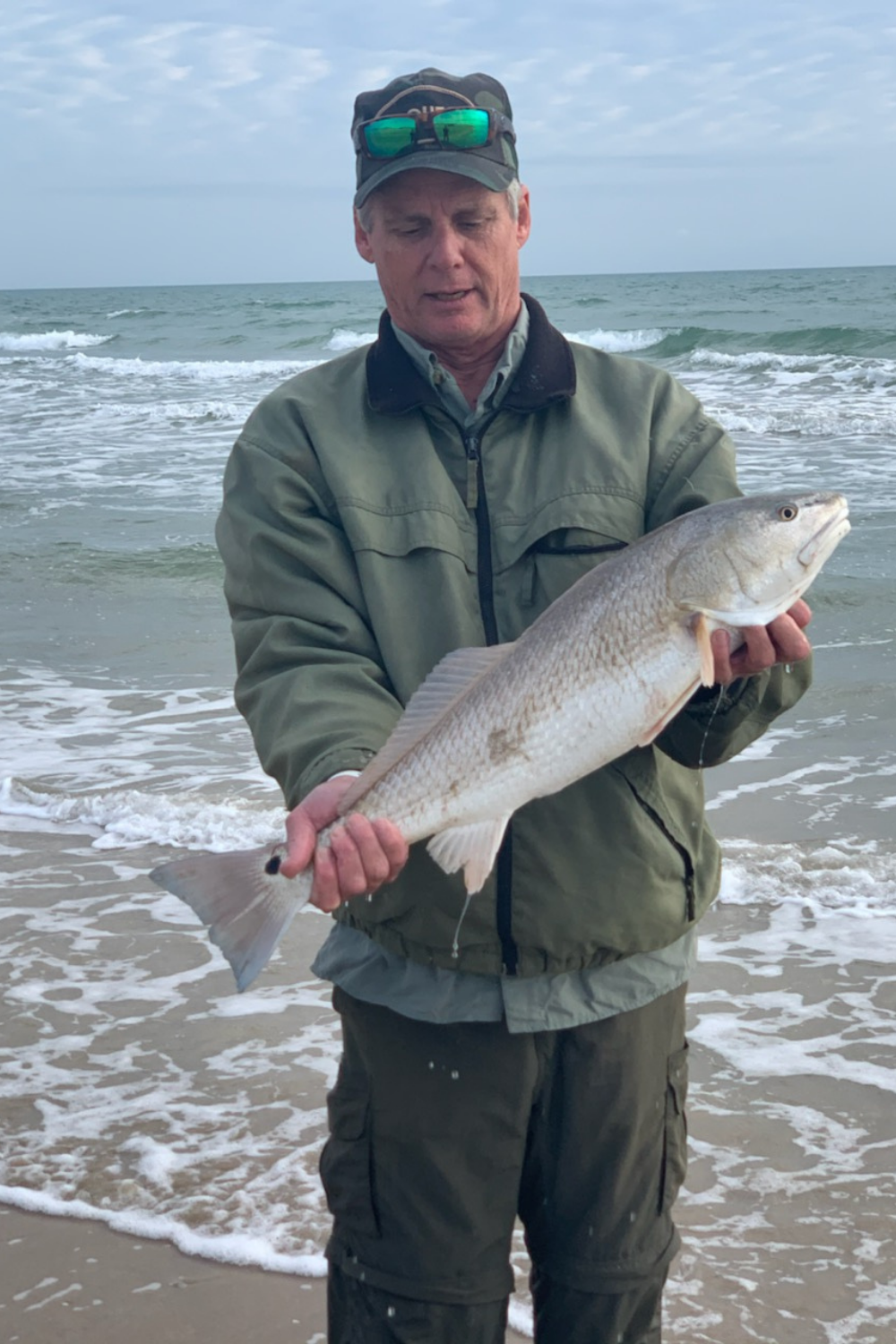
A life long surf fisherman with 50+ years of experience, I am also an avid hunter and outdoorsman. I will be sharing my passion for the outdoors with you so be prepared for hunting, fishing, camping, hiking and more. Along with gear reviews and the latest trends and innovations in the outdoor industry.
